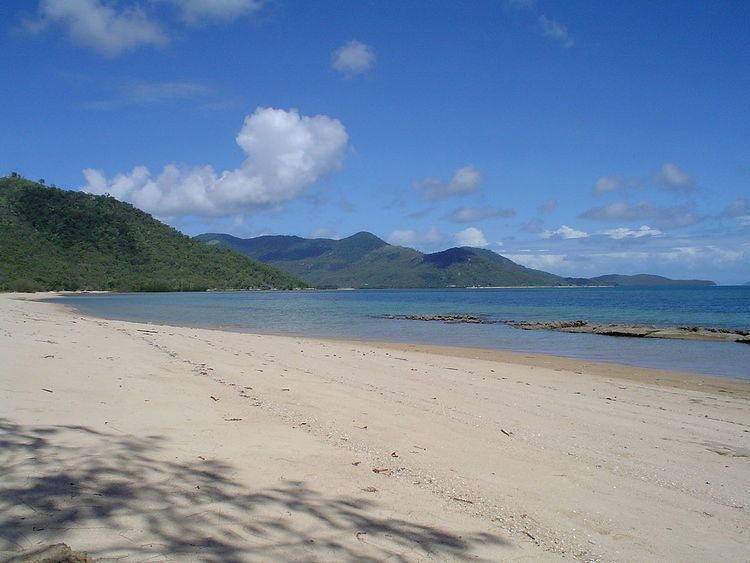 | ||
In 1979 an outbreak of hepatoenteritis, also known as the Palm Island mystery disease, was reported and described a hepatitis-like illness (associated in many cases with dehydration and bloody diarrhoea) in 148 people (138 children and 10 adults) of Aboriginal and Torres Strait Islander descent in Palm Island, Queensland.
Contents
Causes
The cause of the outbreak was determined to be the addition of excessive doses of copper sulfate to the water supply of Solomon Dam to target a cyanobacteria bloom of Cylindrospermopsis raciborskii. The excessive dosing was following the use of least-cost contractors to control the algae, who were unqualified in the field.
Toxins from the cyanobacteria itself had also been described as a possible cause.
Early suggestions included Toxocariasis.
Presentation
Symptoms of hepatoenteritis included diarrhoea, vomiting attacks, loss of balance and disorientation.
The perinatal effects of cyanobacteria contamination of drinking water include prematurity, low birth weight and congenital defects detected at birth. In 1996 there were 63 deaths attributed to drinking water contamination in Caruaru, Brazil.
